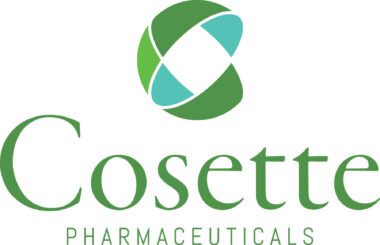Gamma hydroxybutyrate (GHB)-related deaths in Australia have risen sharply in the last decade with use of the ‘party drug’ extending beyond the clubbing scene to a broader population, according to new research from the National Drug and Alcohol Centre (NDARC), UNSW Sydney.
The study, published in Drug and Alcohol Review, shows that the rate of death related to GHB use increased by an average of 44% each year from 2016 onwards.
Lead author Professor Shane Darke said this “steep rise” was consistent with increases in GHB-related ambulance callouts and emergency department attendances in some Australian jurisdictions.
“In recent years GHB use appears to have extended to a population more likely to have substance use problems and use other respiratory depressants,” Professor Darke said.
Using a national coronial database, the researchers identified 217 GHB-related deaths between 2001 and 2021 to determine populations rates and whether there had been any changes in case characteristics over time.
Two distinct periods emerged: a ‘stable period’ from 2001-2015, and an ‘accelerated period’ during 2016-2021.
On average, there were 3.4 deaths per year recorded during the ‘stable period’, compared to 22.8 deaths per year during the ‘accelerated period’.
While the circumstances of deaths remained constant—most were due to accidental overdose—there was a notable shift in other case characteristics.
For instance, the authors found that later cases were slightly older on average (34.2 years versus 30.7 years) and had lower rates of employment.
“Earlier in the century, GHB was often characterised as a ‘party drug’ closely associated with clubbing, and typically occurred amongst a less drug-involved demographic,” Professor Darke said.
“The characteristics of more recent cases suggest that use has extended beyond this profile.”
Polydrug use was common, with drugs other than GHB detected in most cases. Importantly, the proportion of cases with a respiratory depressant in addition to GHB doubled from 39% in the stable period to 79.1% in the accelerated period.
Professor Darke said this was particularly concerning as this could have compounded the effects of GHB and led to more severe respiratory depression with a shorter survival time.
Cases in the ‘accelerated period’ were also four times more likely to have had substance use problems yet only a few were in drug treatment at time of death, according to Professor Darke.
“Many of these people may have survived if they had been enrolled in treatment," he said.
“Those treating people for dependence on drugs such as opioids need to be aware that GHB use appears to be increasing amongst this population, with a consequent increase in risk.”
-ENDS-
Contact details:
NDARC media: 0401 713 850 | [email protected]
For reference: When reporting on drugs and alcohol, we encourage consultation of the Mindframe guidelines on ‘Communicating about alcohol and other drugs’ and ‘Communicating about suicide’, and the ‘Language Matters’ guide published by the NSW Users and AIDS Association.
We also encourage inclusion of the following helpline information in all reporting:
People can access free and confidential advice about alcohol and other drugs by calling the National Alcohol and Other Drug Hotline on 1800 250 015.


